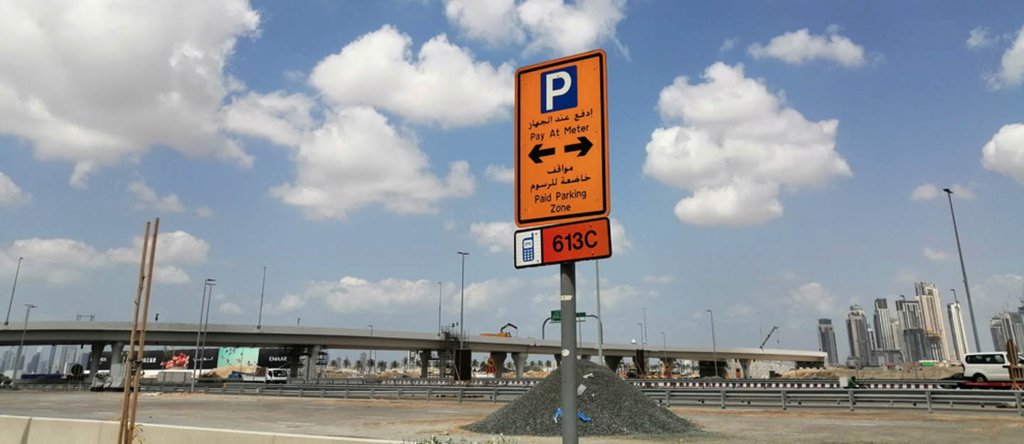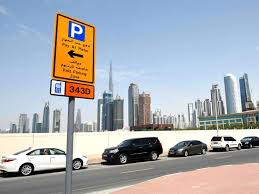Dubai Hills residents and visitors are adjusting to a significant change this week: paid parking. The UAE-based parking management company, Parkin, has officially activated paid public parking in the area, starting from Monday, August 26th.

Dubai Hills: Parking Fees and Zones
The new parking zone code for Dubai Hills is 631G. Here’s a breakdown of the parking fees:
- One hour: AED 4
- Two hours: AED 8
- Three hours: AED 12
- Four hours: AED 16
These rates align with parking fees in other newer Dubai communities, reflecting the city’s efforts to manage parking demand while accommodating the growing number of vehicles.
Parkin’s Expansion
In June, Parkin announced plans to create 7,500 new paid parking spaces across six Dubai communities. Since then, they’ve been gradually implementing paid parking in various areas.
In addition to Dubai Hills, other communities that have recently introduced paid parking through Parkin include:
- Al Jaddaf Waterfront (283 spaces)
- Al Sufouh Gardens (125 spaces)
- Arjan (435 spaces)
- Liwan 1 and 2 (1,706 spaces)
- Dubai Land Residence Complex (1,768 spaces)
Identifying Paid Parking Zones
Dubai’s paid parking zones are clearly marked with distinctive signage. Large orange and blue signs indicate the zone number and a three-digit code. These signs also specify the hours during which parking fees are applicable.
Avoid Fines
Parkin has the exclusive authority to issue fines for non-compliance with parking regulations. To avoid fines, ensure you pay for parking within the designated time and follow the instructions provided on the parking signs.
A Growing Trend
With approximately 197,000 paid parking spaces currently available in Dubai, the city is steadily expanding its paid parking infrastructure. This move aims to address parking congestion and ensure fair access to parking facilities in popular areas.
As Dubai Hills residents and visitors adjust to the new paid parking system, it’s essential to familiarize themselves with the parking zones, fees, and regulations to avoid any inconvenience. By understanding and complying with these guidelines, everyone can contribute to a more efficient and organized parking environment in the community.

